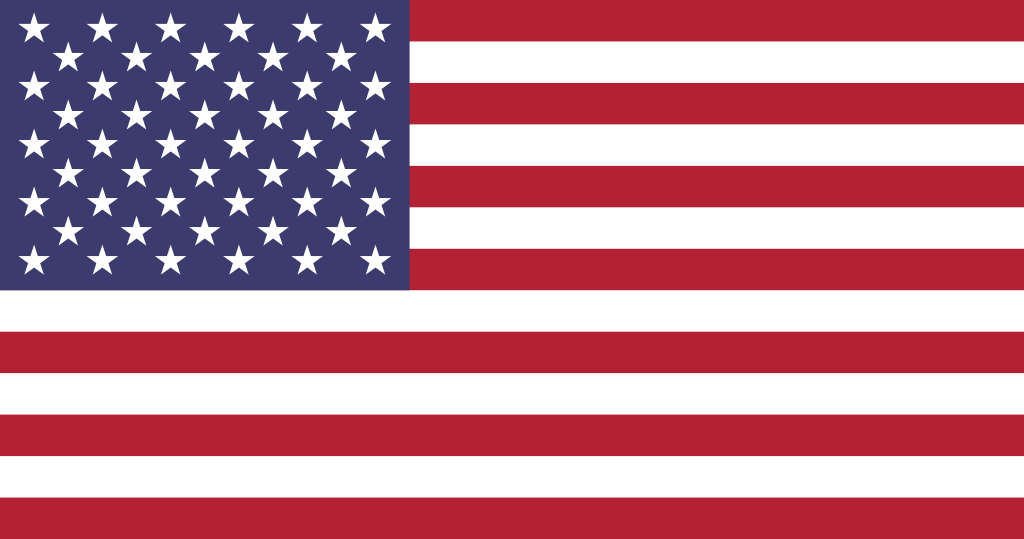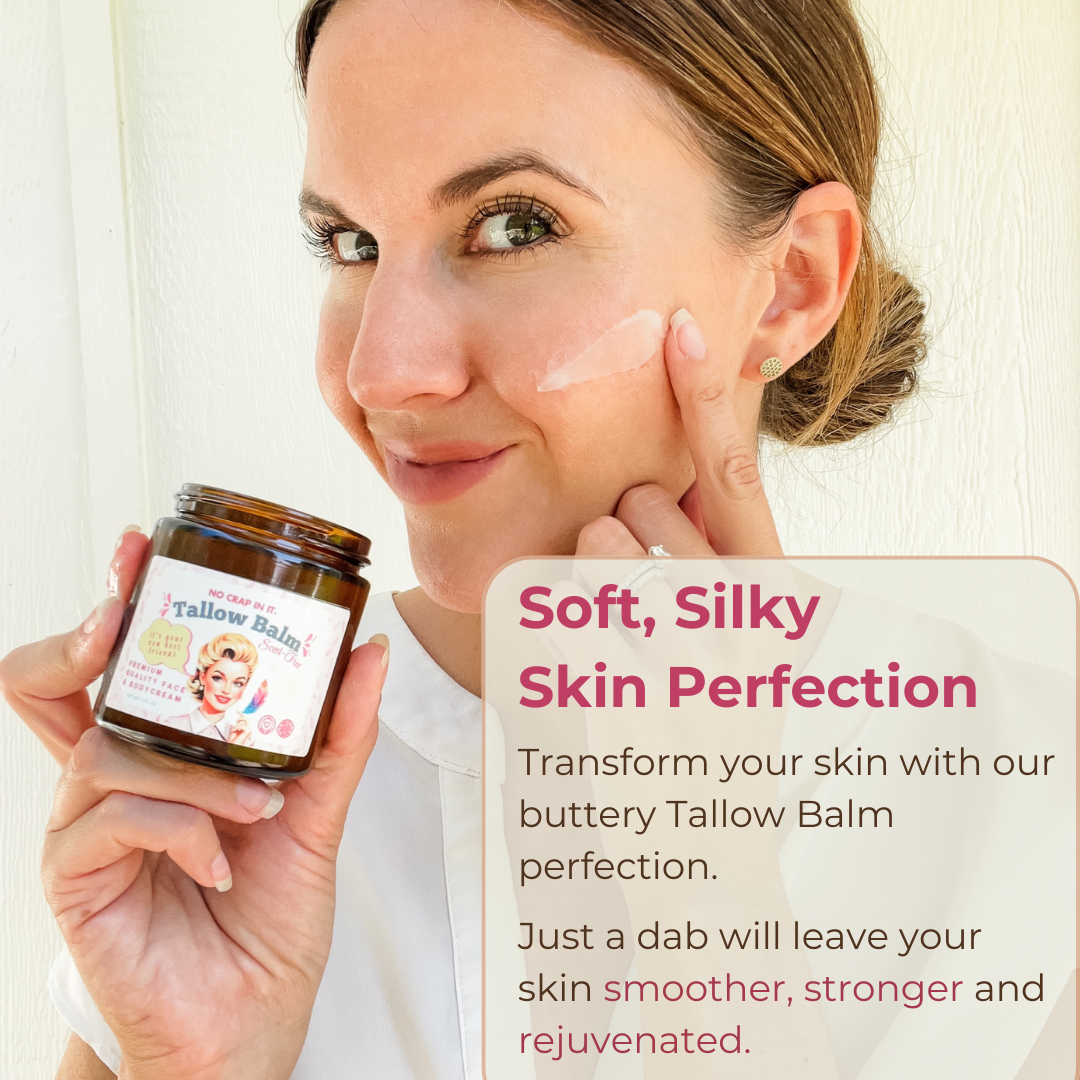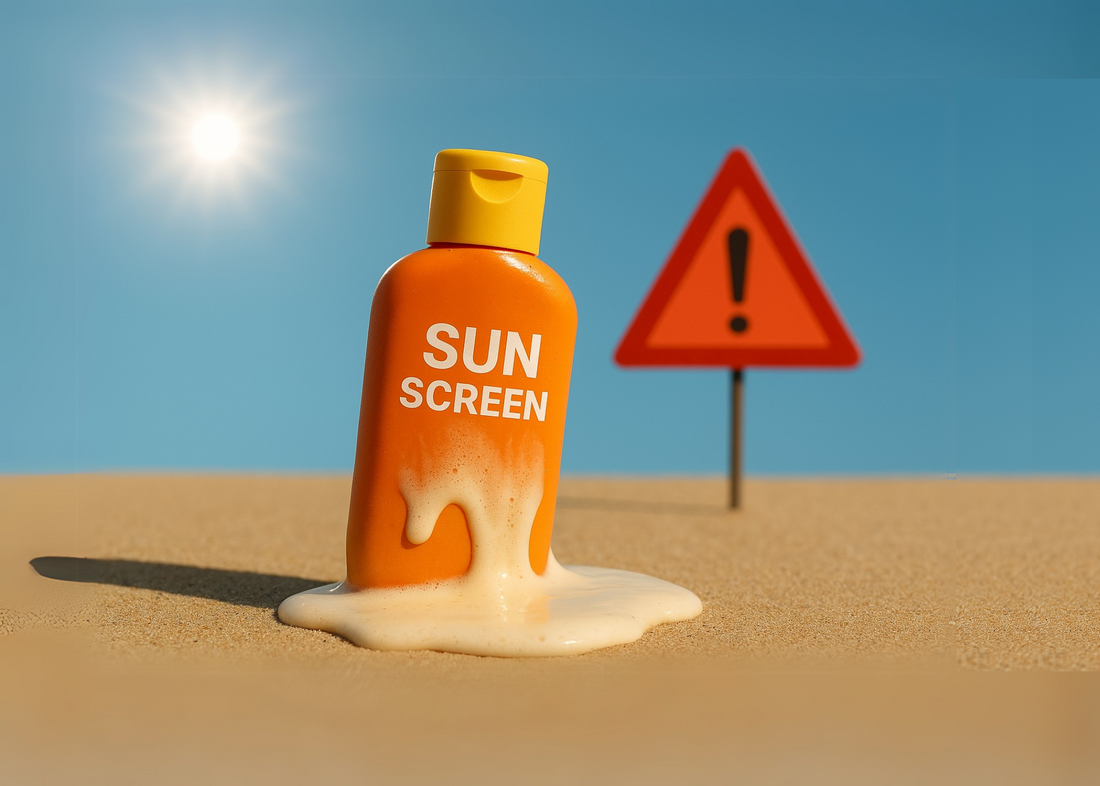When summer rolls around and the sun starts shining, most of us reach for the sunscreen without giving it a second thought. After all, we've been told for years that it's essential for protecting our skin from harmful UV rays. But what if your sunscreen isn't just failing to protect you... what if it's actually doing more harm than good? 😳
Let’s dive into the surprising truth about conventional sunscreens and explore healthier alternatives that actually do what they promise — without the side effects.
🕵️ The Hidden Dangers in Your Sunscreen
Sunscreen is supposed to be your skin's bodyguard, but some of the most common ingredients in conventional sunscreens have a dark side. Here are a few that might make you think twice before slathering them on:
1. Oxybenzone (aka the Hormone Hijacker)
- Found in many popular sunscreens
- Absorbs into the bloodstream quickly
- Linked to hormone disruption and allergic reactions
A study from the Journal of the American Medical Association (JAMA) found that oxybenzone and other chemical sunscreen ingredients were detectable in the bloodstream after just one application (source).
Yikes. 🧪
2. Octocrylene (Spoiler: It Breaks Down Into Benzophenone)
- Used for its UVB protection and water resistance
- Over time, it degrades into benzophenone, a potential carcinogen and endocrine disruptor
In 2021, a study published in Chemical Research in Toxicology found that benzophenone levels increased in products over time (source).
3. Avobenzone, Homosalate, Octinoxate, and Friends
- These are chemical UV filters
- Studies have linked them to skin irritation, thyroid disruption, and environmental harm
Even worse? Some of these ingredients harm coral reefs, leading to bans in places like Hawaii and the U.S. Virgin Islands. 🌊
Bonus: Spray Sunscreens = Inhalation Risk
Those convenient aerosol sprays? If they contain nanoparticles (tiny particles that easily enter the lungs), they can pose serious respiratory risks when inhaled. 🚫
🤔 Effectiveness: Are You Truly Protected?
Now that you know what’s in your sunscreen, here’s the kicker: It might not even be doing its job well.
The SPF Illusion
We all love to grab the bottle with SPF 50 or 100 and assume we're invincible. But here's the truth:
- SPF only measures UVB protection (the rays that cause burns)
- It says nothing about UVA rays (which cause aging and skin cancer)
- High-SPF products often trick people into staying in the sun longer, risking more damage
According to the Environmental Working Group (EWG), most sunscreens only offer 42-59% of the protection they claim (source).
You Still Get Burned (and Worse)
Many users fail to apply enough sunscreen or forget to reapply. Even if you do it "right," chemical sunscreens can degrade quickly in the sun and lose effectiveness after just 1-2 hours.
So let’s recap:
- Your sunscreen may contain toxic chemicals
- It might not protect you well
- And it could be harming the environment too
That’s a triple whammy. 🌪️

🌞 Seeking Safer Alternatives: Enter Non-Nano Zinc Oxide
If conventional sunscreen has you thinking twice, you’re not alone. More people are switching to mineral-based sunscreens, and one ingredient stands out: Non-Nano Zinc Oxide.
What Is Non-Nano Zinc Oxide?
- "Non-nano" means the particles are too large to penetrate your skin
- Sits on top of the skin and physically blocks UVA and UVB rays
- Doesn’t enter the bloodstream
- Reef-safe and gentle on sensitive skin
Unlike chemical sunscreens, which absorb UV rays (and get absorbed themselves), zinc oxide reflects sunlight away from the skin like a mirror. Pretty cool, right? 🔣
Science-Backed Protection
Non-nano zinc oxide is:
- Broad-spectrum: Protects against both UVA & UVB
- Stable in sunlight: Doesn’t degrade with exposure
- Rated safe by the FDA and EWG (EWG Guide to Sunscreens)
Plus, it’s been used for decades to treat diaper rash and irritated skin. If it’s safe enough for babies, it’s probably safe enough for your beach day.

😎 Rethink Your Sunscreen Protection (and Meet Sun Balm!)
By now, you might be wondering, What can I use instead? Meet Sun Balm — a sunscreen alternative made with real ingredients your skin will actually love:
Sun Balm Ingredients:
- 22% Non-Nano Zinc Oxide — The active ingredient for natural UV protection
- Grass-Fed Beef Tallow — Rich in skin-nourishing vitamins A, D, E, and K
- Organic Coconut Oil — Moisturizing and mildly antibacterial
- Beeswax — Locks in moisture and adds natural water resistance
Why It Works:
- No chemical filters, no hormone disruption
- Safe for your skin and the environment
- Naturally moisturizing (bye-bye dry, chalky sunscreen)
- Kid-friendly and reef-safe
How It Works:
The 22% non-nano zinc oxide provides serious protection without the chemical soup. It blocks both UVA and UVB rays — the two types of ultraviolet radiation responsible for sunburn, skin aging, and skin cancer.
🧪 UVB Protection (SPF Estimate):
- 22% zinc oxide typically offers an SPF rating between 30 and 40, depending on the formulation and how it's applied.
- Zinc oxide provides consistent UVB protection across the full spectrum, and its effectiveness increases with concentration.
🌞 UVA Protection:
- Zinc oxide is one of the only FDA-approved sunscreen ingredients that offers true UVA1 protection (320–400 nm range), making it superior to most chemical filters, which often lack UVA coverage.
- At 22%, it's considered one of the most protective single ingredients available for blocking deep-penetrating UVA rays.
🌿 Bonus: Non-Nano = Safer
- Because it's non-nano, it stays on the surface of your skin and doesn't get absorbed, making it safer for you and the environment, especially coral reefs.
Sun Balm isn’t just a sunscreen. It’s a skin treatment + sun protector + eco-friendly formula all in one.
SHOP SUN BALM NOW!







